Our Verdict
Things We Liked The sports tracking on the Grit X is largely accurate and detailed, with every type of exercise I could think of covered. You get an excellent 40 hours of GPS battery life, and the Grit X will last over a week between charges even if you’re exercising often. The FuelWise feature is genuinely useful to help you plan and stick to nutrition strategies for exercise that lasts longer than 90 minutes. Polar’s sleep tracking is ahead of most other brands with detailed insights on your rest that feed into exercise recommendations the following day, although I had some problems with the accuracy. The Grit X gauges running power, still a fairly niche stat but another way to judge your effort levels, without having to connect to a footpod, making it available to more runners. The Grit X includes a Komoot app so you can set routes and follow turn-by-turn directions. While it has its problems, it’s still a step up from the basic pointer-and-line navigation you get on cheaper watches, Things We Didn’t Like The new HillSplitter feature is basic and not all that useful in its current form, especially when compared with the excellent ClimbPro on Garmin’s top-end watches. Sleep tracking went completely off the rails for me – for the final two weeks of using the watch, either I didn’t get any info on my sleep or it was inaccurate. The software is a little buggy at times and syncing activities sometimes required me to plug the Grit X into a computer, because the app wouldn’t connect with my watch. I also had to do a factory reset to stop the battery draining too fast, a problem the Grit X arrived with. You have to pay to use the Komoot app when creating routes outside your home area. Polar has not put its Recovery Pro feature on the Grit, reserving it for the Vantage V watch. The touchscreen is often unresponsive and it’s unnecessary given that the Grit X has five buttons for navigating its menus.
You can trust Coach
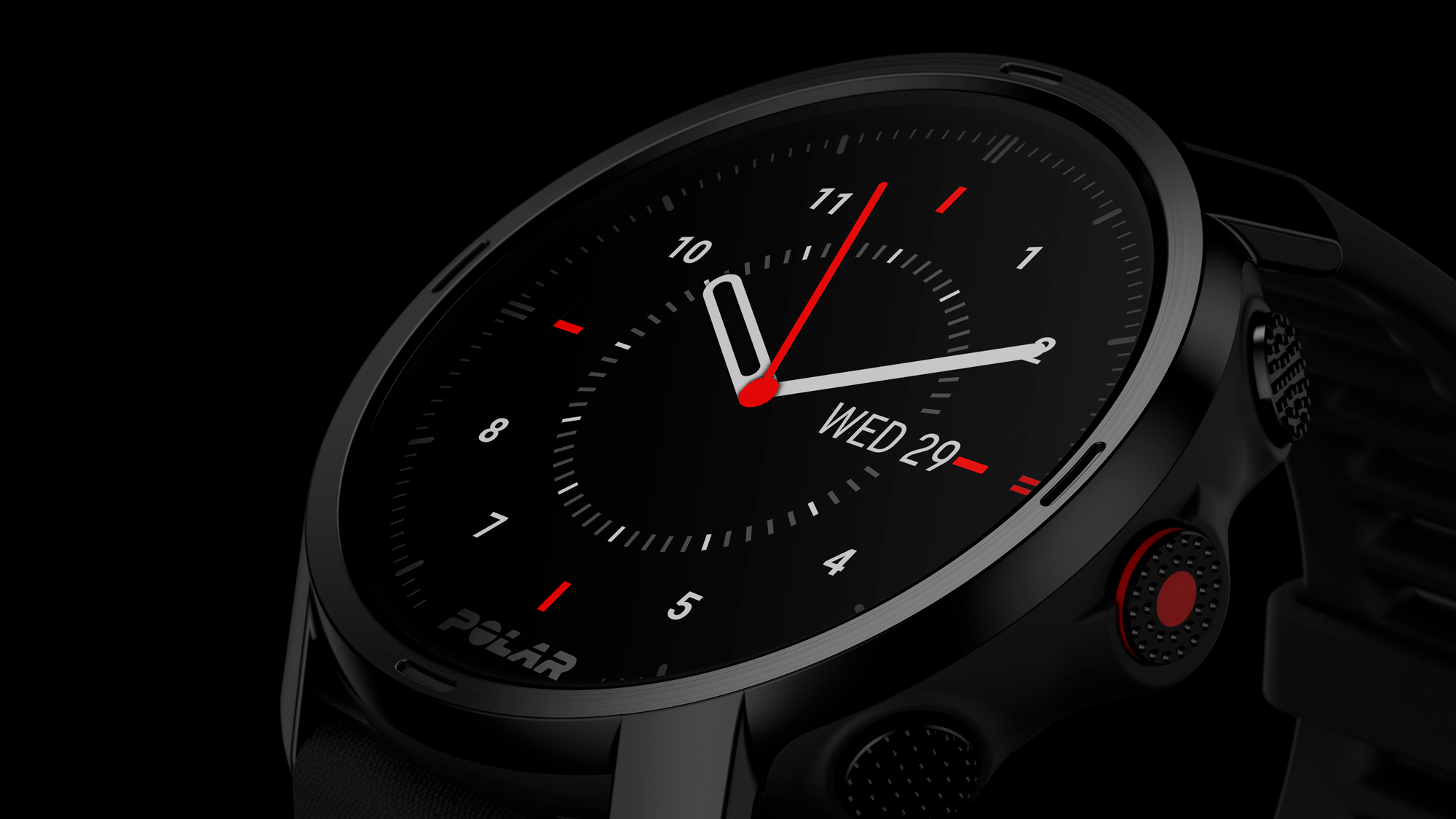

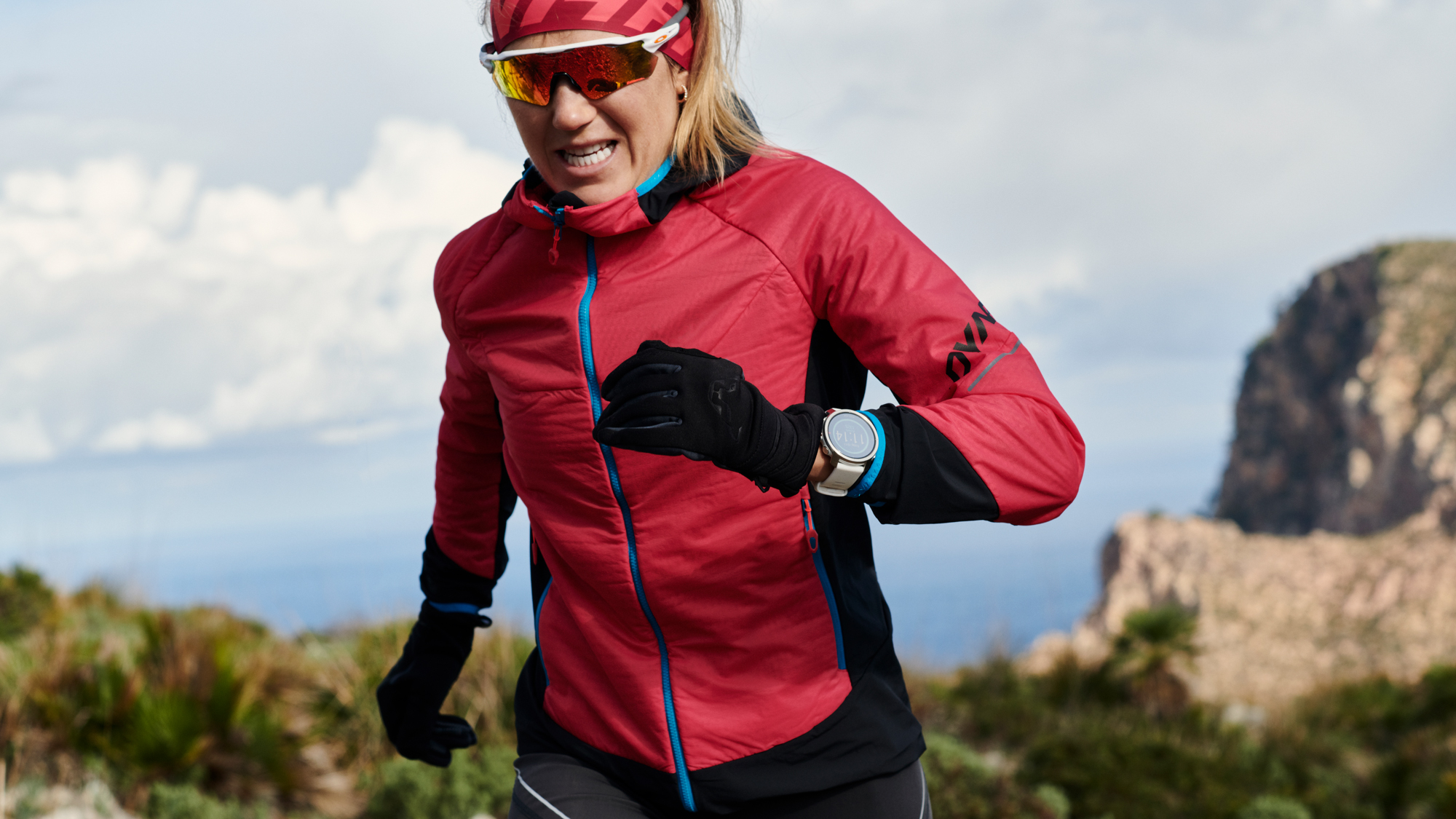
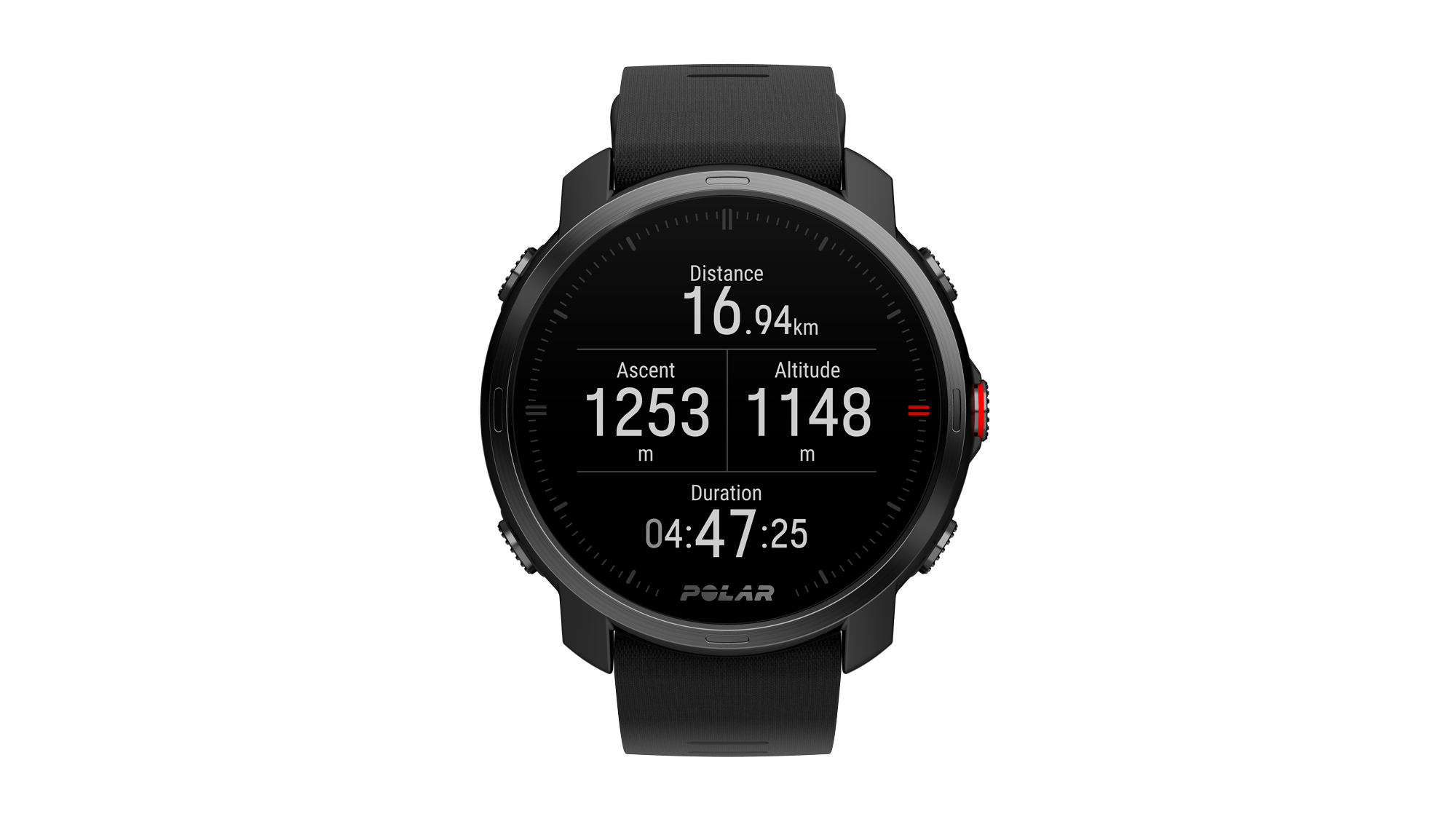
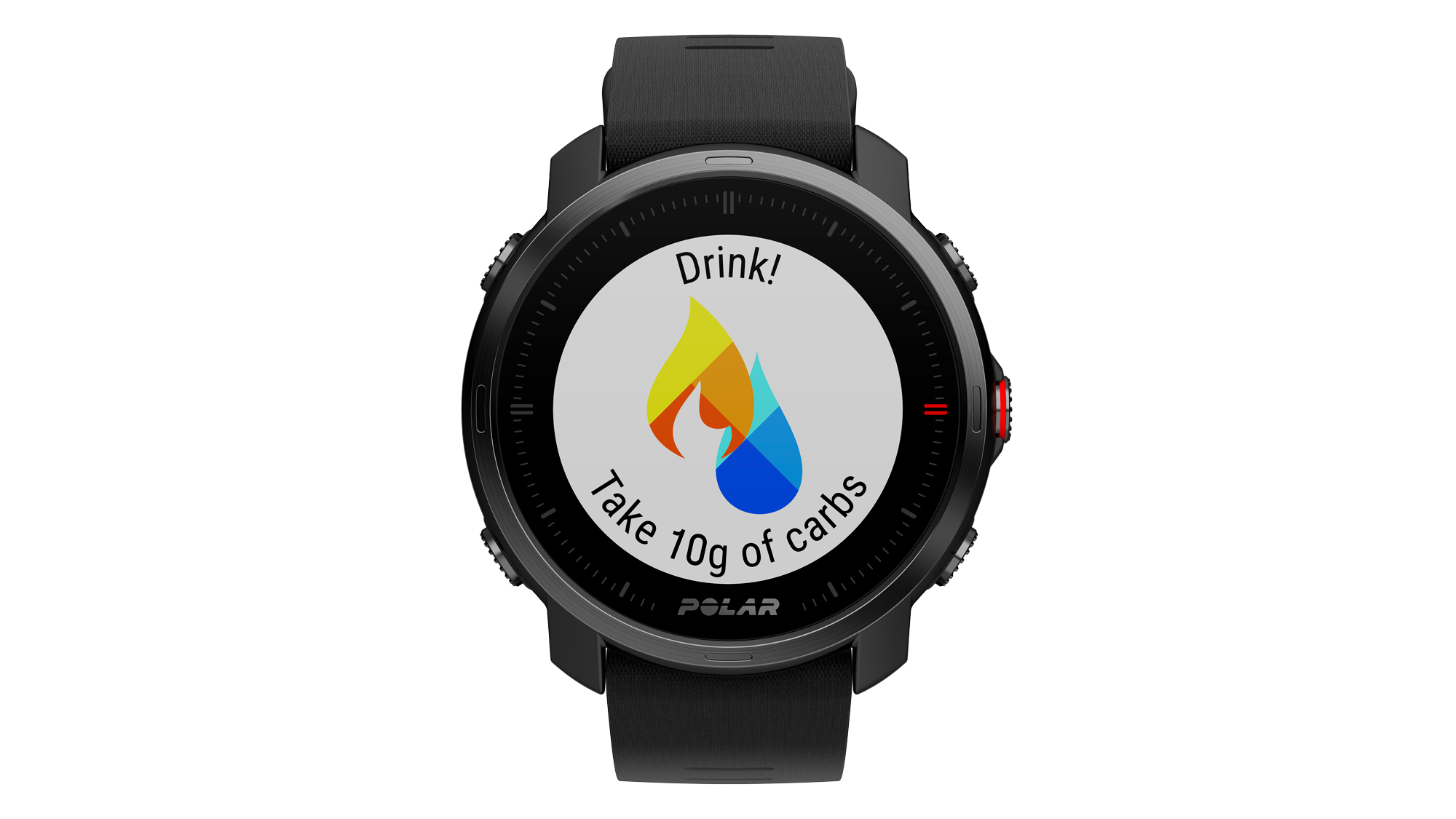
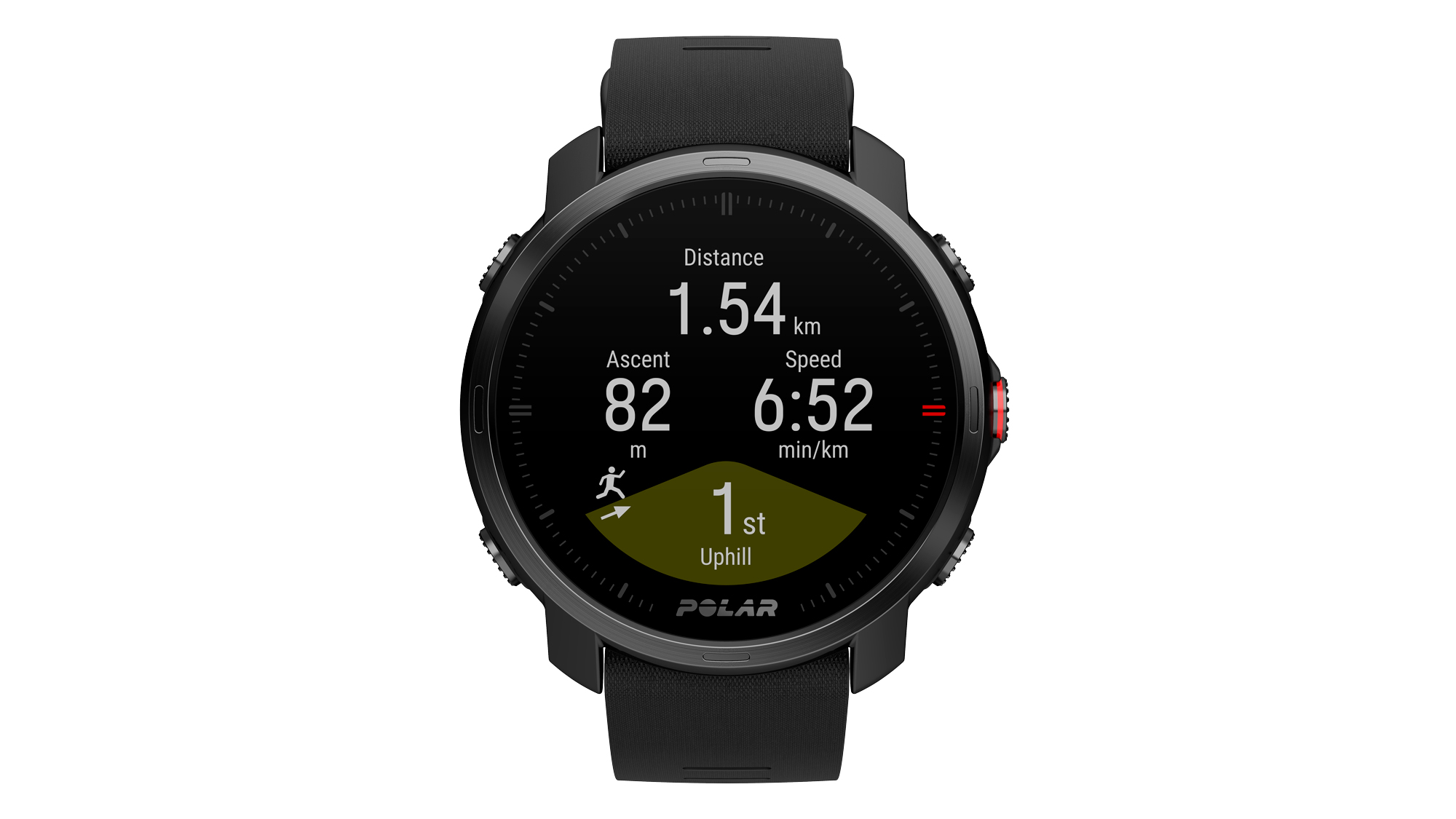

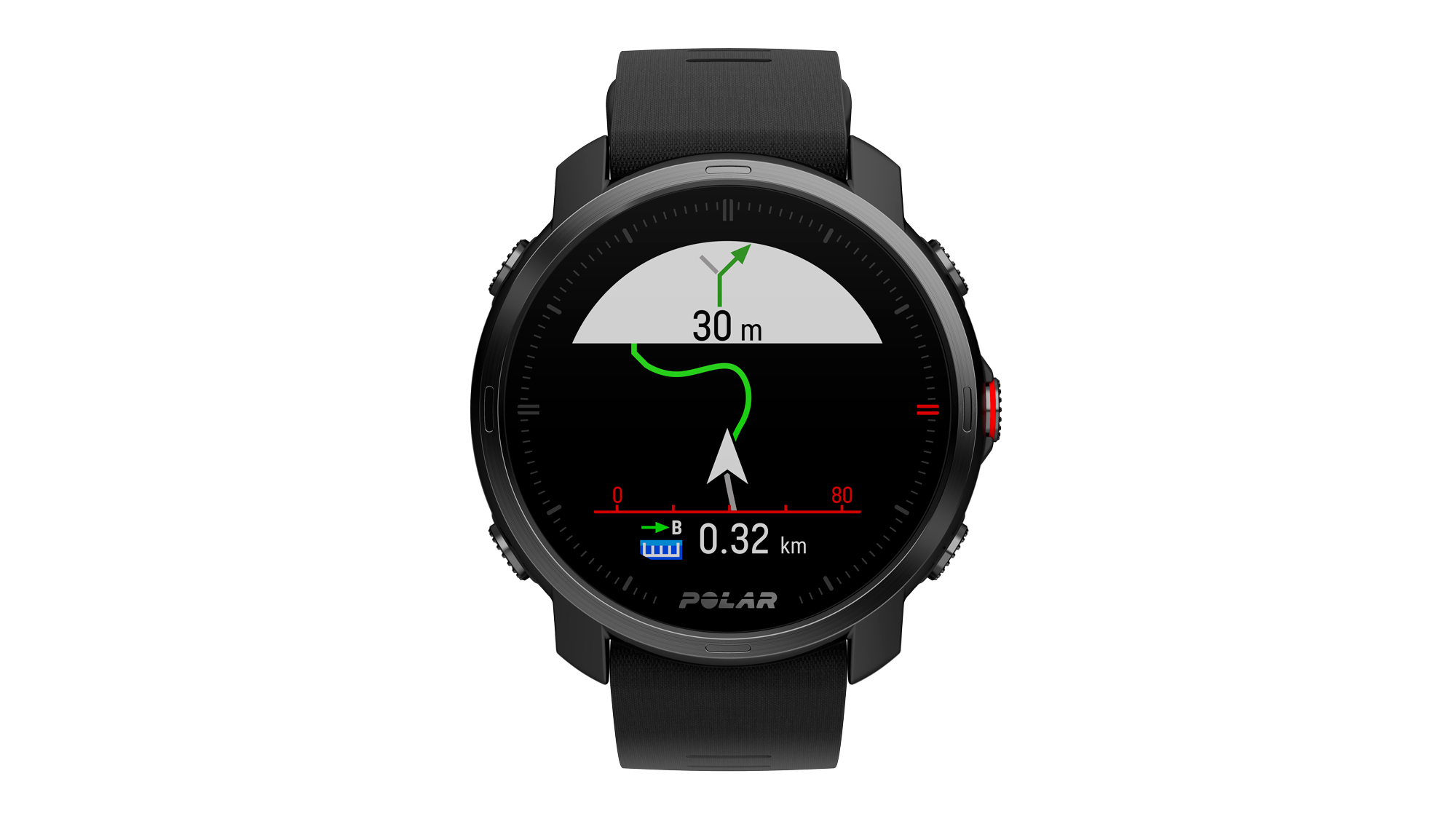
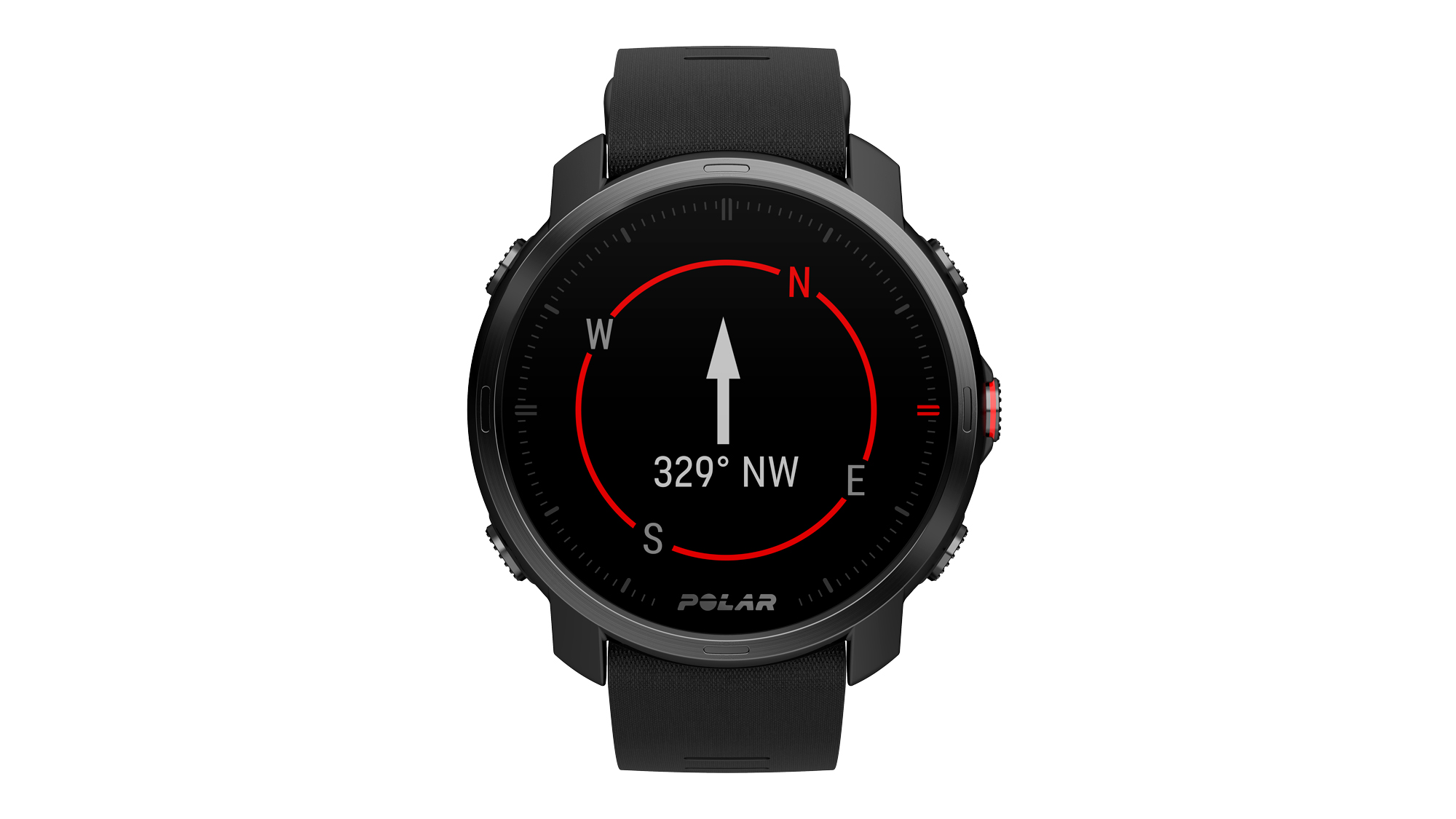
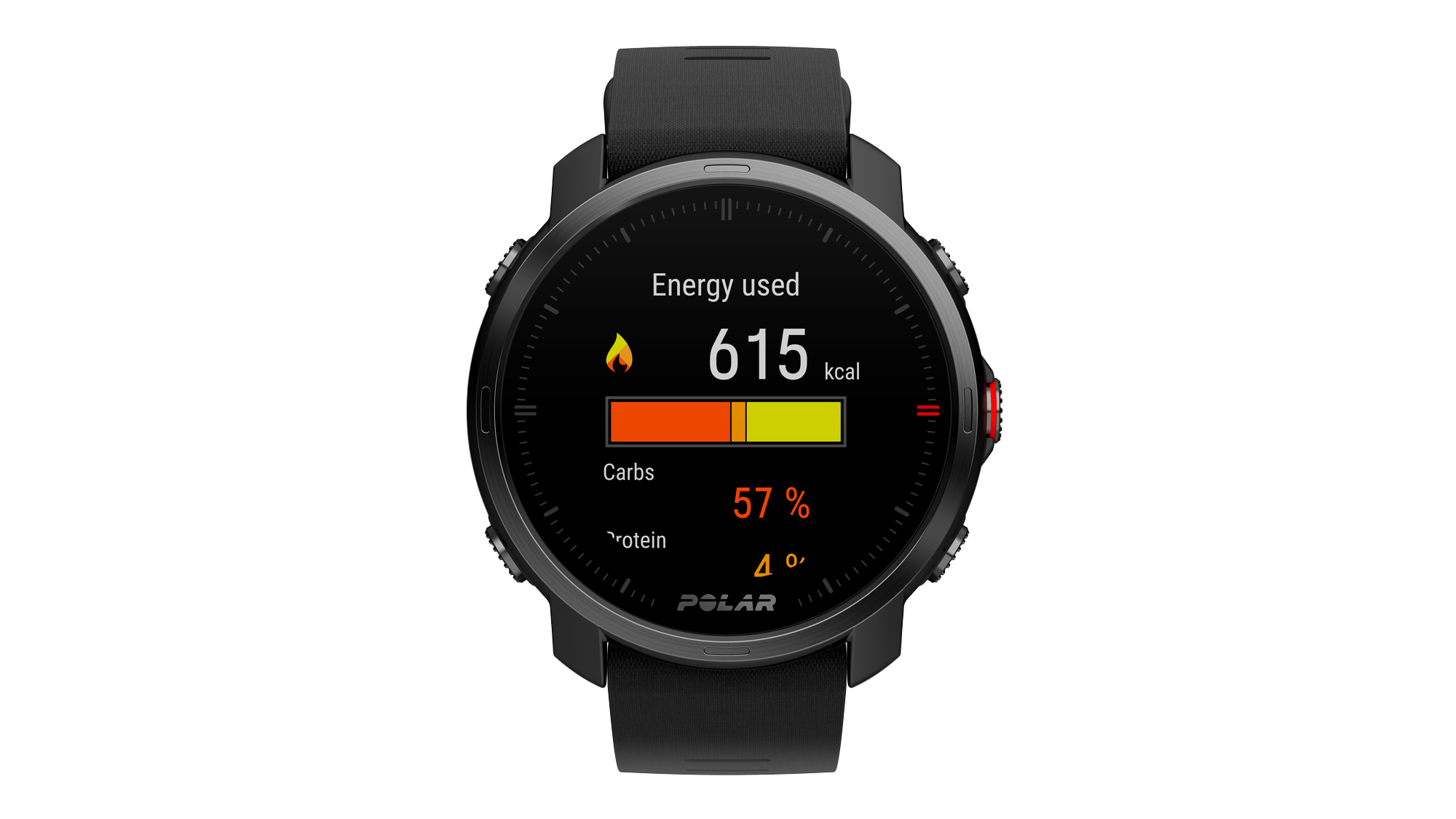
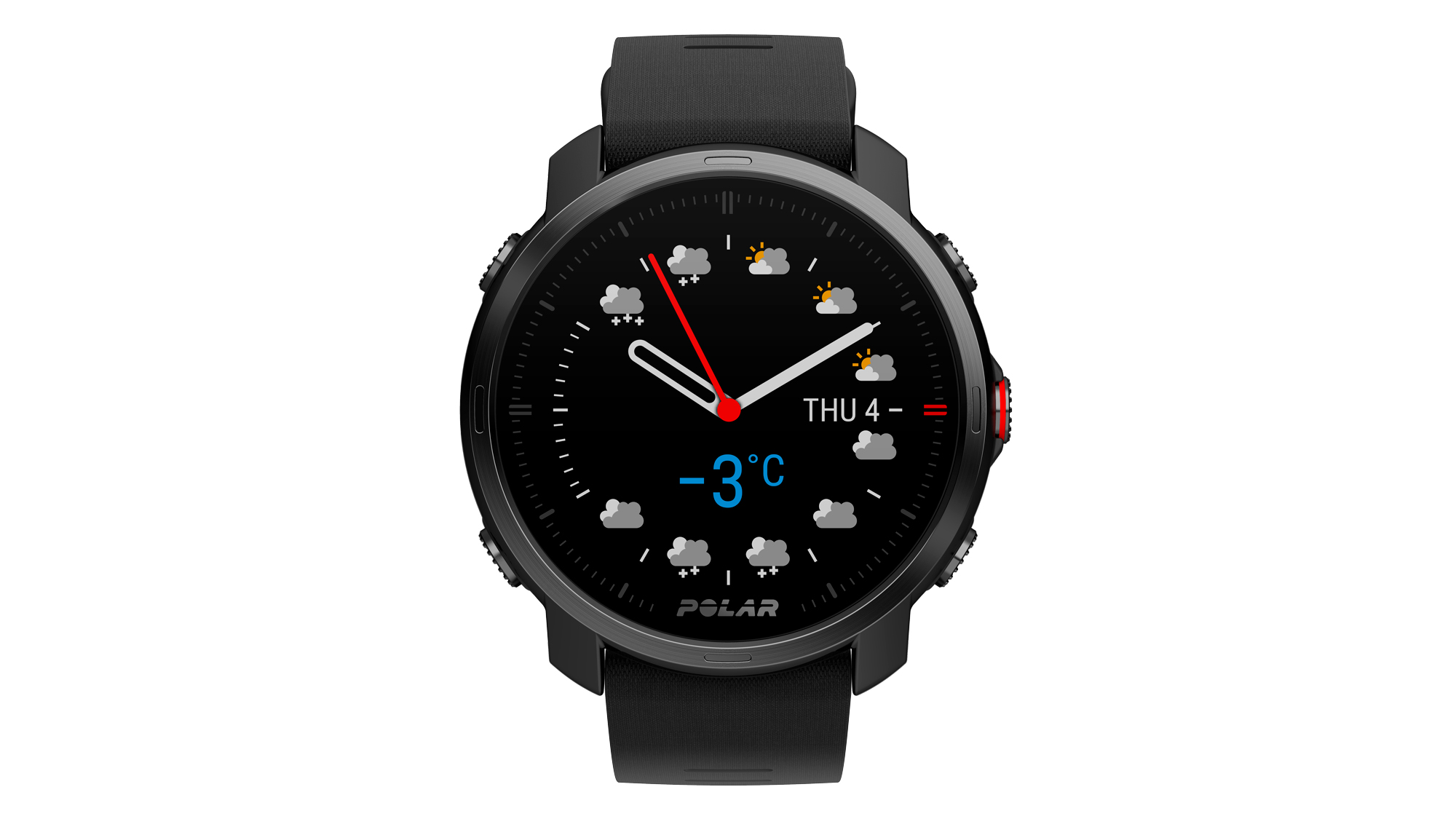
The Grit X is a multisport GPS watch that introduces several new features to Polar’s line, all of which are a boon to adventurous, off-road runners in particular. It has a beefy battery life, turn-by-turn navigation and a fuelling assistant that can help you avoid hitting the wall during epic sessions. All of which comes on top of Polar’s solid sports tracking and detailed sleep tracking.
Buy from Polar | £379
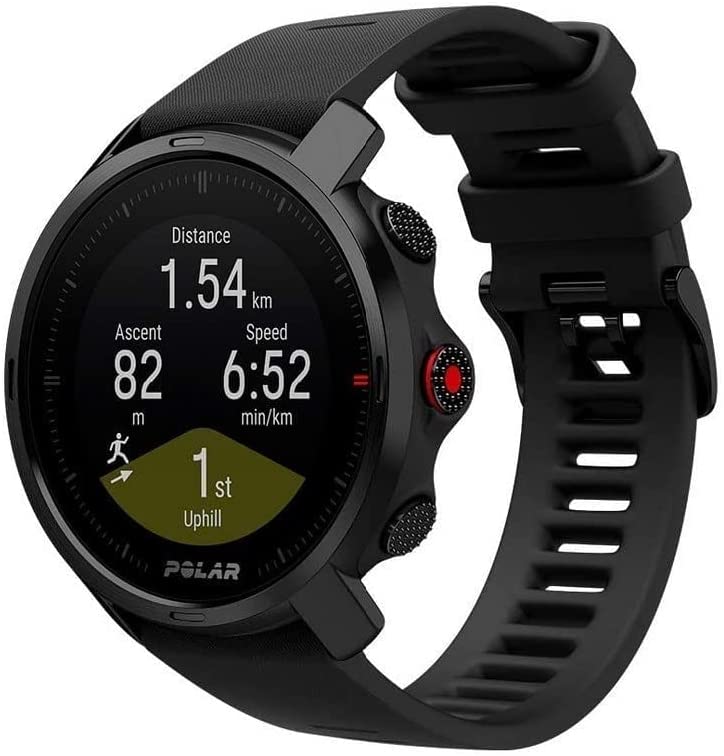
£264.06
Should I Consider Buying Something Else?
The Grit X is reasonably priced at £379: it offers a little more than you’ll find on watches at the £250-£300 mark like the Garmin Forerunner 245 and Coros Apex, while it doesn’t come close to challenging the supremacy of the Garmin Fenix 6 Pro range and Forerunner 945 at the premium, £500-plus end of the market.
Whether it’s worth upgrading from a £300 watch depends on the kind of athlete you are. The Forerunner 245 Music has all the key features you need if you’re a road runner taking on races up to marathon distance and includes music storage as well. It and the Coros Apex also offer breadcrumb navigation, though without turn-by-turn directions. If you don’t need the longer battery life and fuelling features on the Grit X, then the cheaper watches will suffice.
Runners on a budget who are moving more into off-road running and perhaps lining up an ultramarathon should definitely check out the Grit. It’s a lot cheaper than the Fenix 6 Pro while still offering a range of useful features that will help your running.
There is the question of whether you should opt for Polar’s flagship running watch, the Vantage V, instead. Unfortunately, Polar has made that answer needlessly tricky. The two devices are very similar, but some features like Recovery Pro are only on the Vantage, while FuelWise and some of the other new features on the Grit X aren’t on the Vantage V, and might not be brought to it despite the V’s higher RRP (though it’s widely available for less than the Grit’s RRP, to muddy the waters further). For the sake of safety when it comes to future updates I’d go for the newer Grit, since Polar might no longer be updating the Vantage V with new features.
See related
Polar Grit X In-Depth
Running With The Polar Grit X
All the new flagship features on the Grit X will be of keen interest to runners, so I’ll dive into those shortly, but first a run-through of the basic tracking on the watch, which is very good. The Grit has all the key features runners need, including customisable stats screens, structured workouts that can be based on heart rate or other metrics, and accurate distance tracking using GPS plus one of GLONASS and Galileo (those are the American, Russian and European Union satellite systems, respectively).
You also get running power on the Grit, which is something Polar has pioneered with its watches. With other watches you need a paired footpod to get running power stats.
I found the heart rate tracking on the watch to be largely accurate, but there were still enough runs where it fluffed its lines that I’d wear a chest strap tracker for extra precision (although you can only use a strap which connects using Bluetooth, not the other common wireless network technology ANT+). The readings from the Grit would lag behind a chest strap when doing intervals, and sometimes it showed my heart rate spiking implausibly at the start of a run for a couple of minutes.
Given that the watch offers advice on your training load and the effect of each training session on your aerobic and anaerobic fitness, the benefits of having accurate heart rate information make it worthwhile investing in a chest strap to get the most from the watch.
The new features on the watch are largely aimed at adventurous runners who like taking to the hills for long runs. The Hill Splitter feature will automatically track the uphill and downhill sections of your runs, breaking them down by climbs and descents in the Polar Flow app afterwards. The FuelWise feature helps you create a nutrition strategy for long training sessions (over 90 minutes) and reminds you to refuel at intervals based on how hard you’ve been running, and there is also turn-by-turn navigation on the watch through the Komoot route-building app.
Of the three features, Hill Splitter is currently the most disappointing, although it could easily become very useful with a few changes. It takes a while for the watch to recognise you’re on a hill, and it missed a few entirely during my runs. The stats on show aren’t that useful either – you get the time, pace and metres climbed on that hill, and the number of climbs or descents you’ve done in your run.

It would be more useful to see your heart rate or even running power on the Hill Splitter screen so you can judge your effort on hills more wisely. The feature also doesn’t come close to the depth of detail you get from Garmin’s ClimbPro. You have to enter a route in advance to use ClimbPro, but once you have, you get stats like metres remaining on your current climb, plus details of the climbs that are left to come on your route overall, which can really help you judge your effort. Hill Splitter is more or less an auto lap feature that records the hills during your run separately – handy when doing a hill rep session, but not much good when out on long runs on the trails.
FuelWise is more impressive. You set up a nutrition strategy based on how long you’re expecting to run plus the expected effort level based on heart rate. The Grit will then buzz when you need to consume carbs in the serving size you’ve set at the start. The device will also adjust these notifications based on your heart rate, so if your session is easier than expected the carbs will be more spread out – definitely wear a chest strap when using this feature.

It’s a great feature and the only changes I’d like to see are stronger, more persistent notifications. Currently they feel like a lap reminder which you could easily miss, and you really don’t want to miss a feed. Ideally there would also be a dedicated FuelWise screen that shows the estimated time until your next carb hit, plus what you’ve taken so far.
After a run the Grit also gives a breakdown of the energy sources you’ve used during a training session based on heart rate – the harder you work, the more energy you get from carbs, whereas on easier runs you’ll get more energy from fat. It’s great for becoming more attuned to what your body actually needs during training, with the info given in calories burned from each source. If this could be converted to grams of carbs needed, and that displayed on the watch, it would be even more useful for planning out FuelWise nutrition strategies in the future.

FuelWise is going to be most useful for people tackling long runs on off-road, hilly terrain, where your effort level changes throughout a run. However, it’s also handy for marathon runners, because it will help you devise an effective nutrition strategy and remind you to take running gels when your mind gets scrambled 30km into a run.
Finally there is turn-by-turn navigation through hiking and cycling route-planning tool Komoot. The turn-by-turn is the key bit here, because you can create routes on Komoot and send them to any number of watches, but the Grit stands out by providing instructions on when to turn too. It’s still just a line on a blank screen – there are no maps on the watch as there are with the Garmin Fenix range or Forerunner 945 – but getting reminders when to turn is useful.

One downside to using Komoot is that it isn’t entirely free. You get one area (your local area) for free, but have to pay for more – it’s £3.99 for an additional area, £8.99 for a larger region, or £29.99 to unlock the world. It’s not a huge amount, but you’ve already paid £379 for the watch, and notably Garmin has just announced a partnership with Komoot so route planning is free on its watches. Hopefully Polar will do the same.
I followed a running route on the Grit and the Coros Vertix, which has standard breadcrumb navigation without turn-by-turn, at the same time and the extra directions aren’t a life-changing improvement. Certainly not one I’d be keen to pay for.
One feature that isn’t on the Grit X is Recovery Pro, which is solely available on the Polar Vantage V. This is a useful feature for seeing how well you’re adapting to and recovering from training, and hopefully will be brought to the Grit X in time. Right now the Polar range is a little confusing, with some features on the Grit not on the more expensive Vantage V, like FuelWise and Hill Splitter. Polar should make its plans for future versions of the watches clearer, either by discontinuing the Vantage V or by bringing the Grit’s features to it so those that have splashed out on the company’s top-of-the-line watch aren’t left without worthwhile features on a cheaper model.
The Grit X is a great running watch and with a few tweaks the new features will be really useful for ultrarunners. For road runners, there’s probably not enough there that stands out compared with cheaper watches like the Polar Vantage M or Garmin Forerunner 245, unless you really want access to the excellent FuelWise, but those who are keen to get into adventurous off-road running now have a fantastic option that’s considerably cheaper than the gold-standard Fenix range.
Sports Tracking With The Polar Grit X
The Grit X has all the sports modes you could ever need. The most developed are the traditional trio of running, cycling and swimming, which can be combined in a multisport mode for triathlons or duathlons. The Grit tracks open-water as well as pool swimming, and it also has alternative running modes for trail and ultra runs, though I’d still just use the running mode and edit it to show the stats you wanted no matter what length of run you have in mind.
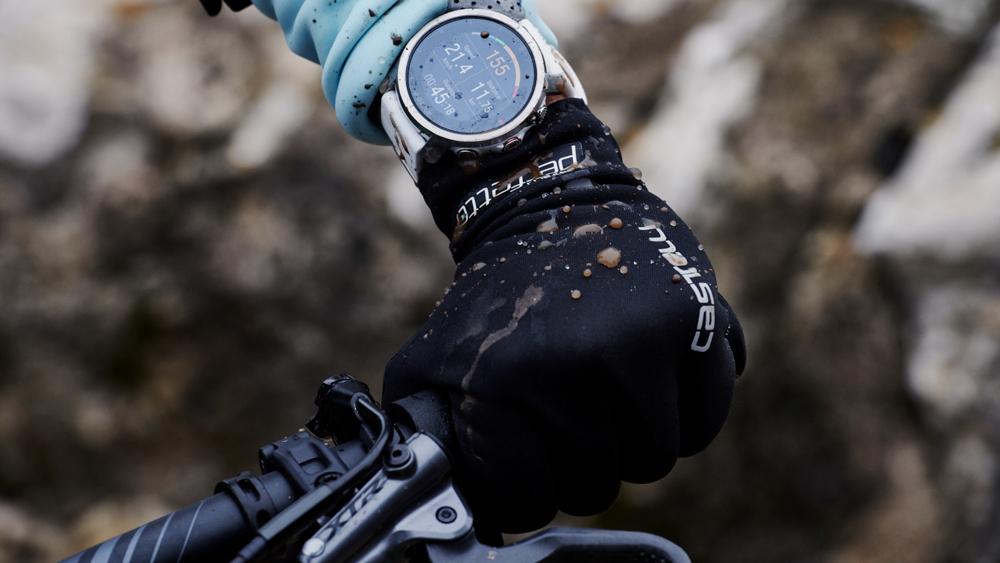
It’s worth noting that you don’t get cycling power from the wrist as you do with running power – it simply isn’t possible – and that the Grit X will only connect to Bluetooth sensors, so if you’re a cyclist with an ANT+ power meter then you’re out of luck.
One feature I really like on Polar’s watches is the suggested workouts you get each day through FitSpark. These fall into three categories: cardio, strength and supportive sessions like core and stretching workouts. Each day you get four suggested options based on how well you’ve recovered overnight, and if you do one of the cardio workouts, for example, you’ll then get a suggested supportive routine to do afterwards.
Sometimes the suggestions are a little off – a friend of mine got told to go out for a long run the day after running a nine-hour ultramarathon – but generally the recommendations are pretty smart and there’s no doubt if you follow them each day they’ll be beneficial.
The feature is at its most useful on the Ignite watch, which is aimed more at beginner athletes, because anyone buying the Grit X is probably going to be a keen sportsperson with at least a rough training plan in mind, but even in those situations it’s worth checking out the supportive and strength workouts to back up your cardio.
Activity Tracking With The Grit X
Polar’s everyday activity tracking is centred around three tiers of goal, a method that helps to make this area more relevant to the very active for whom 10,000 steps holds limited appeal. Level 1 is aimed at those who are mostly sedentary during the day and just encourages you to move a bit more. Level 2 is for those who are on their feet more often throughout the day as well as exercising, while Level 3 is for very keen sportspeople.
The watch measures and tots up all the time you’re active, whether that’s light movement like doing household chores, moderate activity like walking, or vigorous activity like running. The more intense the activity, the more credit you get towards your goal.
On top of this you also get stats like steps and calories, though be aware that the Polar step count will be inflated compared with that on other devices. That’s partly because all activities will register steps – Polar adds steps when swimming or cycling, for example – but also because it’s just very generous in my experience. I would often have logged 100 steps before I got out of bed in the morning.
There are also inactivity alerts on the watch, but in all my time wearing it I haven’t received one, despite many days where I’ve mostly sat in place working at a laptop and received move alerts from other watches I was wearing. Something seems amiss with the sensitivity of the Grit X’s sensor.
Overall, however, the activity tracking on the Grit X is well done given its target audience, which is keen sporty types. The Level 3 activity goal provides a test even if you’re running each day and keeps you moving between exercise sessions, rather than just slumping on a coach for the rest of the day. It’s not what you’d buy the Grit X for, essentially – but if you do want to keep tabs on your general movement, the watch has you covered too. Aside from those inactivity alerts, which merit an inactivity alert of their own.
Sleep Tracking With The Polar Grit X
Like the Vantage and Ignite watches, the Grit X includes Polar’s excellent sleep tracking, which records how well you’ve recovered each night using metrics like heart rate variability and breathing rate. The Nightly Recharge feature breaks this down into two scores – a general sleep charge and then a rating of how well your autonomic nervous system (ANS) has recovered.
It’s the ANS rating that takes into account heart rate variability and breathing, and it will tell you how long you actually spent in “rest and digest” mode overnight, because even while sleeping your body can be active if, say, you’ve drunk a lot of alcohol or eaten just before going to bed.
When you wake up you tell the watch you’re awake, and then it will give you your sleep and ANS score, which is weighted against a 28-day average, so the scores are more personal to you and how you’ve slept in the past. The rating gives both a score, which is plus or minus compared to the average of past tracking, and a simple description of your night, like “compromised” or “very good”.
On top of this you can dive into the Polar Flow app for a more detailed score across six factors in three categories – amount, solidity and regeneration – with a pleasing six-pointed star showing your rating in each. It’s easy to understand at a glance and showcases just how much insight Polar can provide.
All of the above is excellent, but I will say that I’ve had a nightmare with the Grit’s sleep tracking of late. For the first few weeks it was fine and largely matched up to how I thought I’d slept, but for the past couple of weeks the sleep tracking fell apart. Either I got no rating at all or it was very iffy compared with how I felt my night had gone. Often the Grit would miss the time I actually fell asleep by a couple of hours, drastically shortening my sleep duration and messing up several other scores too. The ANS score often seemed odd as well, giving me high ratings after boozy evenings.
I hope this is just a blip, because the sleep tracking is certainly a central feature that separates Polar from rivals like Garmin, Suunto and Coros. Fitbit and Huawei are the only companies that come close to matching the depth you get from a Polar, but of course that depth is useless if the actual tracking is not accurate. I will say it has been largely accurate for me on the Ignite and Vantage watches I’ve tested, so I’d hope the Grit will come around.
How Often Am I Going To Have To Charge It?
Out of the box the Grit X’s battery was a let-down. The device lasts 40 hours in training mode, and that can be extended to 100 hours if you reduce the accuracy of GPS tracking, but it was draining remarkably quickly between activities. I was having to charge it every four to five days, whereas most multisport watches will get through a week easily and some, like the Coros Vertix, last over double that.
However, a little investigation online found Polar users who had improved the battery life by plugging their watches into the computer to perform a factory reset using the FlowSync computer app (you can’t do a full factory reset via your phone or on the watch itself, annoyingly). I followed suit and now the battery on the Grit is excellent – it will survive a week of heavy training comfortably without needing a charge.
Where Can I Wear It Without People Laughing At Me?
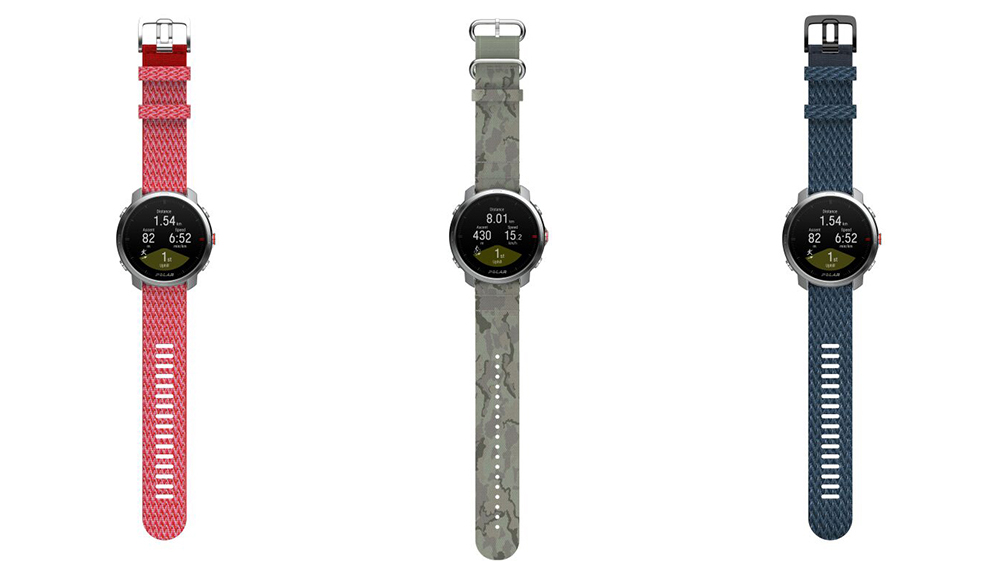
I prefer the design of the Grit X to the Vantage V, and while it’s a bit plasticky and sporty it’s still a watch I’d be happy to wear anywhere, with the silver bezel and green band combination standing out as the most attractive. I generally found it comfortable to wear while sleeping, though on a couple of particularly hot nights I did take it off, and the silicone band doesn’t rub or get whiffy after extended use. The design isn’t as premium for me as a Garmin Fenix, or even the Coros Apex, but it’s nice enough.
As with the Vantage, Polar has opted to have a touchscreen plus five buttons on the watch. The buttons are more responsive than on the Vantage V, which is a plus, but the touchscreen is as laggy and at times unresponsive as the Vantage’s. I always use the buttons to navigate through the menus on the watch where possible, and I really don’t understand why Polar keeps including a touchscreen when it’s unnecessary and unimpressive.

Nick Harris-Fry is a journalist who has been covering health and fitness since 2015. Nick is an avid runner, covering 70-110km a week, which gives him ample opportunity to test a wide range of running shoes and running gear. He is also the chief tester for fitness trackers and running watches, treadmills and exercise bikes, and workout headphones.
